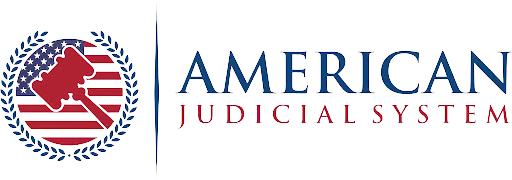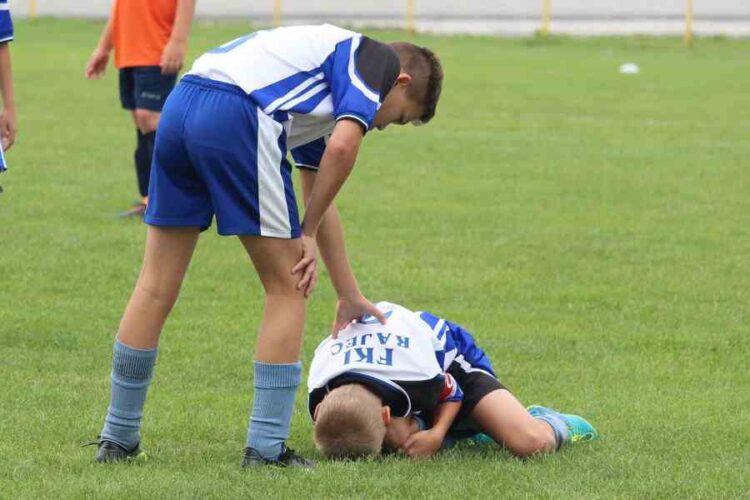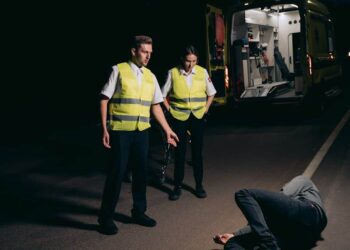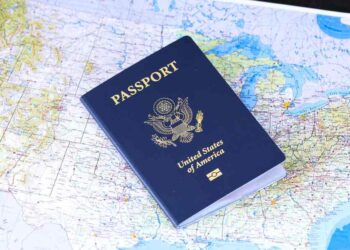Several jurisdictions have laws outlining the minimum acceptable standards for playgrounds. The authorities are resolute about these standards due to the severity of playground accidents. Managing emerging situations after a playground injury can be overwhelming, so you may need help from personal injury lawyer Eric Doroshow.
This piece sheds light on what the law says about child personal injuries:
Typical Playground Injuries
Data from the Centers for Disease Control and Prevention (CDC) shows that over 200,000 kids under 14 sustain playground-related injuries annually. Approximately 30 percent of injuries are severe, which means emergency rooms are busy with playground injuries all year round.
Typical playground injuries include internal injuries, amputations, head injuries, dislocations, brain injuries, broken bones, and concussions.
Several factors contribute to playground injuries. A typical cause is poor design or maintenance of playground equipment. Items such as metal slides, swings with broken chains, or sharp edges trigger preventable injuries.
Further, lack of supervision contributes to playground injuries. Children need strict supervision because they are not always aware of their limits. Without adequate guidance, their curiosity can push them to take illogical risks. Lack of supervision can lead to a negligent supervision claim.
Identifying Liable Parties in Playground Harm
You must consider several factors to identify the liable party in your child’s playground injuries. You must do this carefully with a reputable personal injury lawyer because multiple parties may be liable.
The property owner may be the first liable party. Property owners owe every user a duty of care. They could become liable under premises liability for breaching this duty. For instance, you can hold the school management responsible if your kid sustains an injury on a school playground.
If it occurs in a public school, the school district could be liable. If it happens in a private institution, the school’s owner may be responsible. You may hold the municipality itself liable if it happens in a public playground park.
Further, you may be able to sue the company that constructed the playground. Several jurisdictions have laws highlighting the minimum acceptable standards for playground safety. A builder who falls short of those standards could be liable for your kid’s harm.
Your Legal Options After Your Child Sustains a Playground Injury
If your child sustains a playground injury, you can take several steps. First, you can institute a claim with your insurer. Your insurance policy will determine how much you receive from the company.
You can also institute a personal injury claim against the at-fault party. You can hold the property owner responsible under the premises liability law or sue the playground equipment manufacturer under product liability law. The specific context of your child’s harm will determine who you hold responsible.
A lawsuit gives you a higher chance of recovering more damages than you can receive from an insurance firm. However, it is usually time-consuming and expensive.
You must act swiftly after your child’s injury because most states have a statute of limitations for personal injury claims. The statute of limitations is two years in Delaware and most other states.
The Damages You Can Recover
The specific laws in your state determine the damages you can recover in a personal injury claim. Furthermore, the peculiarities of your case dictate what you can receive. You can receive compensation for the following losses:
- Mental distress
- Medical expenses for past and anticipated medical treatment
- Expenses related to remodeling your home to give room for your kid’s disabilities
- Pain and suffering
- Bills for in-home care and mobility of your child
- Costs for physical therapy and rehabilitation
- Punitive damages
To maximize these available damages, you need the guidance of a reputable personal injury attorney.
Tips for Selecting a Safe Playground
Prioritize your child’s safety in all conditions. It is better to take pre-emptive steps than to fight for damages. Consider the following tips for keeping your child safe on the playground:
- Inspect the location or playground for hazards
- Select a playground with different segments for kids of different age ranges
- Dress your child appropriately for the playground. Avoid drawstrings, baggy dresses, and any dangling clothing item
- Tell your kid to avoid pushing or shoving at the playground
- Monitor your kids while playing
Final Thoughts
As observed earlier, state personal injury laws differ. However, do not allow the complexity of the laws to discourage you from seeking justice for your injured child. Engage a local personal injury attorney to help analyze your case and enlighten you on available options. Allowing an expert to handle the legal aspect will let you focus on the child’s healing.










